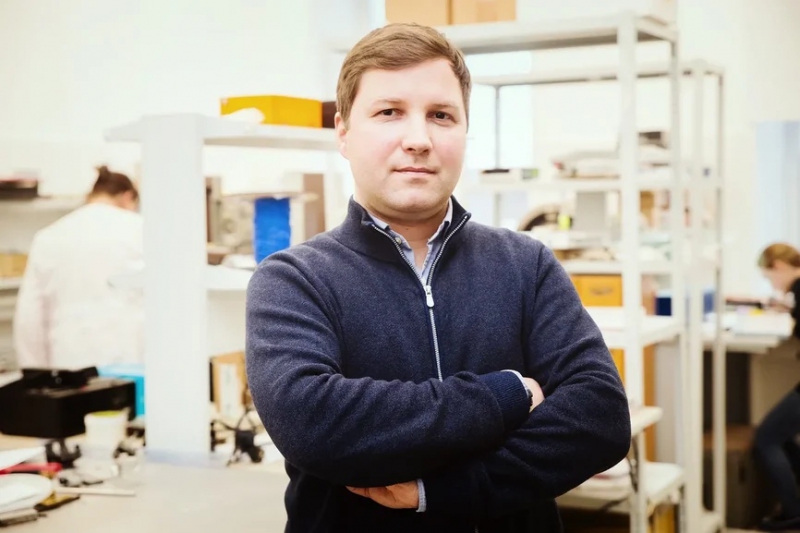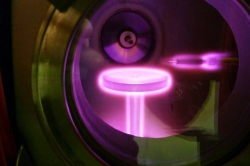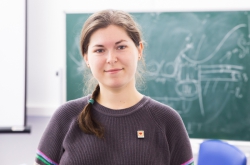How did your company start?
02 Light Systems was founded in 2014 through the efforts of a group of engineers with hands-on experience in the field of LED-based equipment. All of us wanted to venture into starting our own company, and so launched a business on developing various optical and fiber-optical devices such as reflector elements, secondary optics, and tooling. For several years now, our engineering bureau has been conducting work for a wide range of high-profile companies and government agencies.
Our project record continues to expand. For example, at the moment we’re working on a environmental control project for Russian Railways. Dedicated to ecological monitoring of sewage water, it involves the development of LED-based sensors capable of detecting an above-limit increase in the number of petrochemicals in water. The technology has been known for some time already, but up to this point, no such devices have been made here in Russia, and the high cost of its foreign equivalents stalled this equipment’s proliferation. We have also developed a range of innovative solutions in the field of quartz-based optical collimating systems. We hope that our devices will contribute to the effective implementation of Russian Railways’ ecological strategy.
When working on such technologically complex projects as this one, our membership in ITMO Technopark comes in especially handy. We are engaged in close cooperation with the University, commissioning research and hosting special training for students.
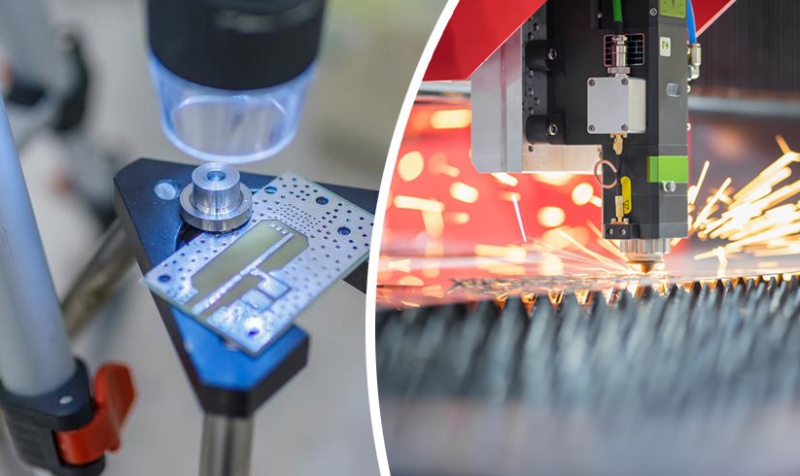
Please tell us about one of your most ambitious projects.
Two years ago, as part of the consortium that includes ITMO, St. Petersburg Polytechnic University, and a range of industrial partners, we became involved in a large-scale project on designing a wireless data transmission network system that draws on an innovative Li-Fi technology.
Its operating principle is close to that of a Wi-Fi router: connecting to the network and accessing the internet. The only difference is that instead of a router, Li-Fi has a light source such as a lamp, with a five-meter operating distance and amounts of data transmitted comparable to the Wi-Fi technology: 10 megabits per second.
The system consists of several modules: a special device, which needs to be inserted into the light source, a router, which needs to be placed nearby, and a client unit, which needs to be connected to a laptop.

The key feature of this new technology is that the connection offered is much safer than that of Wi-Fi. It’s impossible to intercept data without direct contact with radiation. So should you want to have a secret meeting, you just need to turn on the lamp and there you go, you can communicate without having to worry about being overheard.
Does the technology have any other applications?
Yes, and loads of them. Niche ones include robotics, driverless cars design, and underwater maintenance of communication cables. As of now, service technicians can’t do anything without a thick hose tube they need to bring with them when diving. Li-Fi enables a bigger functionality and flexibility.
There are even more opportunities in the field of urban development. Li-Fi solutions can be incorporated into various public spaces such as internet networks, libraries, information bureaus, museums, children’s playgrounds, transport and navigation systems, and so on.

When are we to expect Li-Fi launching on the market?
The world market of Li-Fi devices is only just starting to develop. Most existing devices are either still in the development stage or only used for niche applications. Nevertheless, and this is a consensus of a large majority of experts, this technology offers great potential for growth, in part by taking over a significant part of the Wi-Fi industry. It is expected that in the next five years, Li-Fi’s market volume will amount to dozens of billion dollars.
Please tell us more about your company’s cooperation with universities.
When developing new solutions and products, it’s important for us that these would offer something truly innovative and unique. To achieve this goal, we need to make the right design and technological choices, and we can’t do this without forming a comprehensive understanding of new materials and latest developments in the field of technology and specialized research.
That’s why we see it our top priority to collaborate with St. Petersburg leading universities. Apart from ITMO University, we’re also interested in cooperation with St. Petersburg Polytechnic University and St.Petersburg Electrotechnical University.
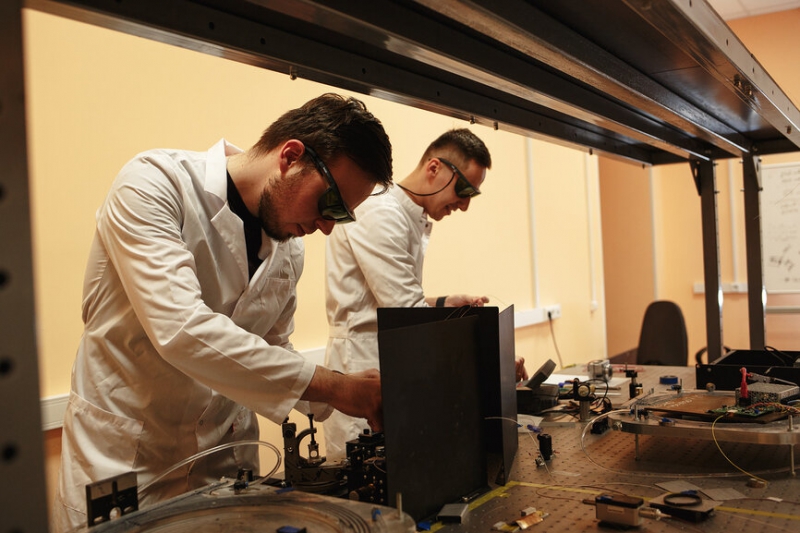
How do you start collaborating with researchers?
There are no off-the-shelf solutions here, it all depends on what kind people you work with. What we usually do first is present our ideas effectively. The main task at this stage is to let people know that we’re interested in fruitful collaboration with them. And we really mean it: we need our colleagues to understand that their ideas will be heard and considered, and they don’t have to worry about their intellectual property rights. I think that it is important to keep in mind that communication is the most effective way to engage with your audience and get your message across.
